HotSpots H2O: Flooding, Locusts, and Covid-19 Strike East Africa
Flooded Pagak Transit Center, Ethiopia. Photo courtesy of Oxfam/Aimee Brown.
Heavy rainfall and fatal flooding struck parts of East Africa over the past several weeks, leaving hundreds of people dead and displacing thousands.
The devastation has been worst in Kenya, particularly in the country’s western districts, according to the BBC. Flooding and landslides have forced more than 100,000 people from their homes since mid-March, and the death toll is nearing 200. As of May 6, around 8,000 acres of rice fields were destroyed by floodwaters.
Rainfall also disrupted transportation and critical infrastructure, including water systems.
“The infrastructure to deliver water has been washed away … pipelines have been clogged,” Sicily Kariuki, Kenya’s secretary of water, sanitation and irrigation, said in a statement last week. Kariuki urged urban dwellers to use their water in a “rational” manner to prevent shortages.
In Rwanda, flooding killed dozens of people, with a death toll of 55 as of May 7. Flooding and landslides also reportedly demolished homes, roads, and crops.
In Somalia, an entire small town was swept away, with the number of fatalities unknown. Sixteen deaths have been reported across the country.
Uganda and Ethiopia are also being affected by flooding. The River Nyamwamba breached its banks in western Uganda, swamping roads and deluging a hospital.
“There are wards which were completely washed away. The mortuary was swept away. You wouldn’t know that once upon a time there was a mortuary there. The drugs and drug stores were washed away,” Julius Mucunguzi, spokesman for the Ugandan prime minister’s office, told Reuters.
The devastation is complicated by efforts to prevent the spread of Covid-19, which has so far killed just over 100 people in the East African region.
“This is compounding the COVID-19 response,” Rashid Aman, Kenya Health Ministry chief administrative secretary, said at a news conference. “The displaced people have been forced to congregate in makeshift camps with the risk of banding together exposing them to the possibility of contracting the virus.”
In addition to flooding and Covid-19, East Africa has also been afflicted by desert locusts, which thrive in wet conditions. Billions of desert locusts have swept through the area in recent weeks, and more may be coming, as meteorologists forecast above-average rainfall across East Africa through the end of May.
Kayla Ritter is a recent graduate of Michigan State University, where she studied International Relations and Teaching English to Speakers of Other Languages. She is currently based in Manton, Michigan. Kayla enjoys running, writing, and traveling. Contact Kayla Ritter

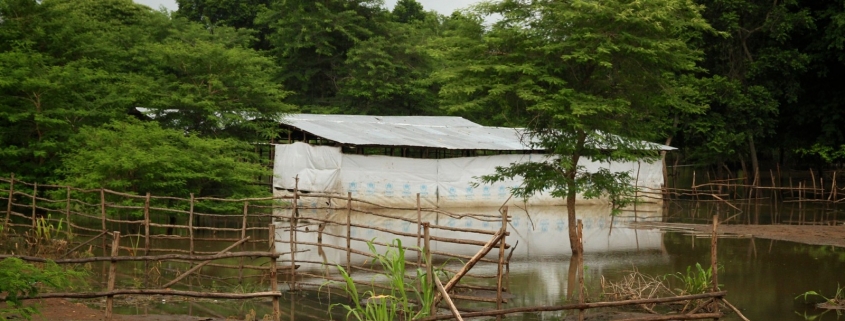
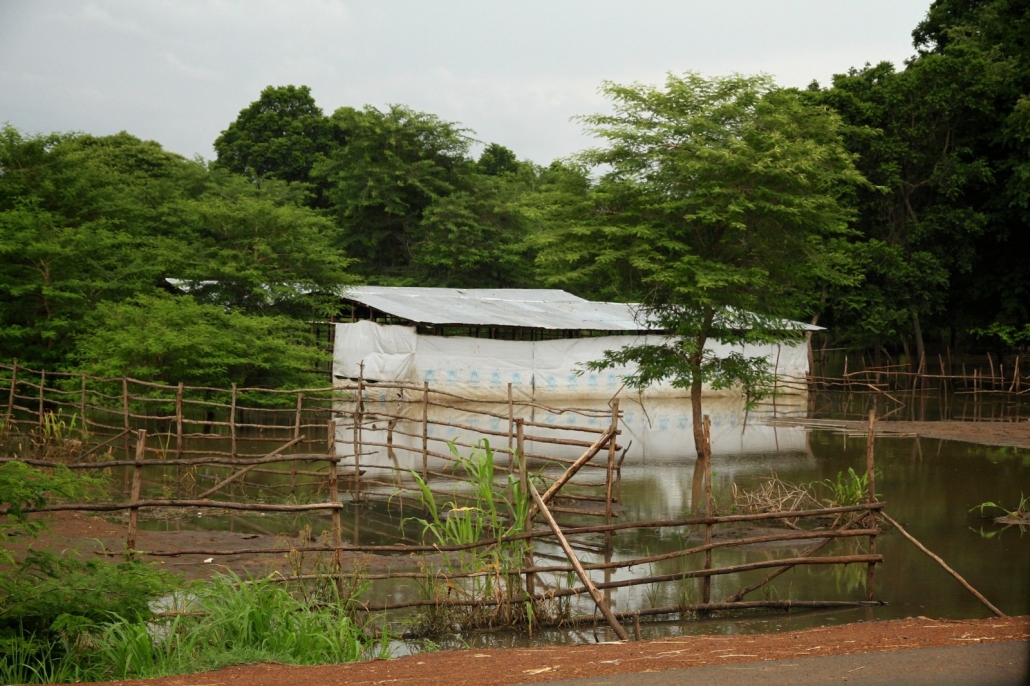

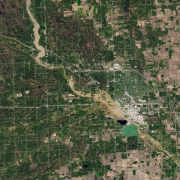
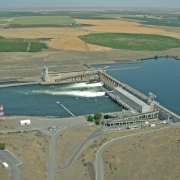
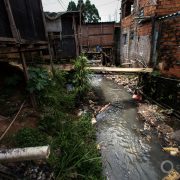






Leave a Reply
Want to join the discussion?Feel free to contribute!